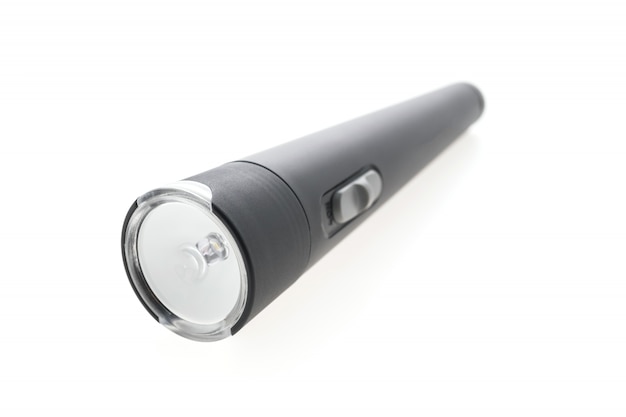In survival situations, light can be just as important as food or water. Darkness hides hazards, makes navigation difficult, and can heighten fear or anxiety. But when batteries die, matches fail, or flashlights break, improvisation becomes essential. Luckily, with basic materials, you can create reliable torches to keep moving safely at night.
Why Torches Matter
Torches provide more than just light. They:
- Illuminate hazards: Roots, rocks, or uneven terrain become visible.
- Signal for help: A torch can attract attention if rescuers are nearby.
- Deter wildlife: Many animals avoid flames or moving light sources.
Knowing how to improvise a torch turns the night from a danger zone into a manageable environment.

Materials You Can Use
Improvised torches don’t require high-tech supplies. Common options include:
- Wooden sticks: A thick, dry branch or split log works best.
- Cloth or bark: Wrap around the stick to create a wick.
- Resin, sap, or pitch: Adds fuel to make the torch burn longer and brighter.
- Oil or fat: Can soak the wick or cloth to enhance burn time.
Always avoid synthetic materials that release toxic smoke when burned.
Simple Construction Steps
- Select your stick: Choose a strong, dry stick roughly 2–3 feet long.
- Wrap the wick: Secure cloth, bark strips, or dry moss at one end.
- Add fuel: Coat the wick in pine resin, sap, or animal fat if available.
- Light safely: Ignite the torch from a small fire or flame source. Hold it downward at first to let it burn steadily before raising it for illumination.

Tips for Survival Use
- Carry carefully: Keep the torch angled away from clothing, hair, and flammable materials.
- Use wind wisely: A torch can be blown out easily — position yourself downwind if possible.
- Multiple torches: If moving as a group, having a few torches ensures backup and shared visibility.
- Extinguish responsibly: Douse with water or smother in dirt to prevent accidental fires.
Final Word
Being able to improvise a torch is a small skill that pays big dividends in survival scenarios. With just sticks, cloth, and natural fuels, you can create reliable light sources that keep you safe, mobile, and aware in darkness. Remember: the night doesn’t have to be your enemy — a little ingenuity can make it your ally.

















